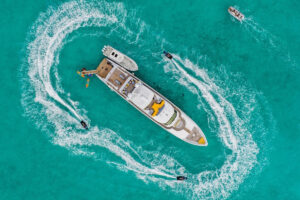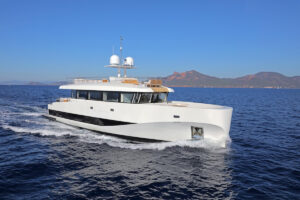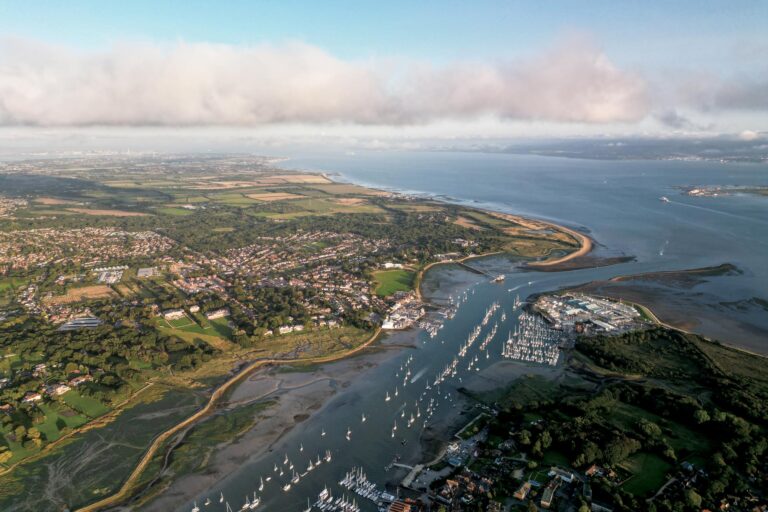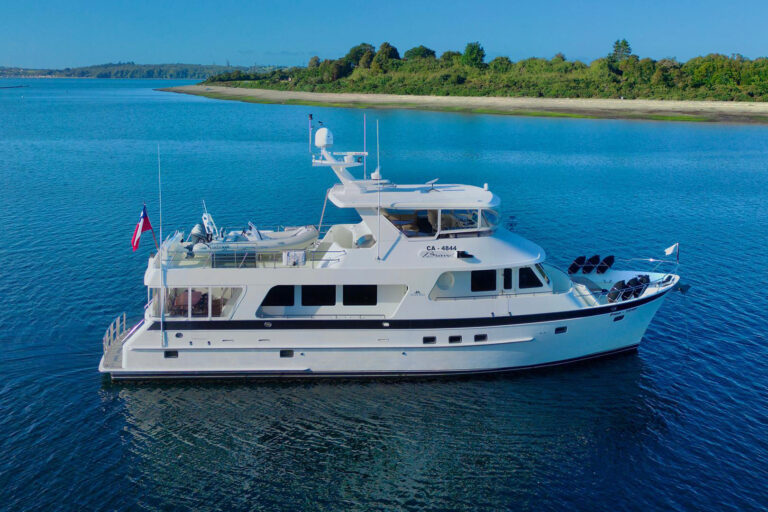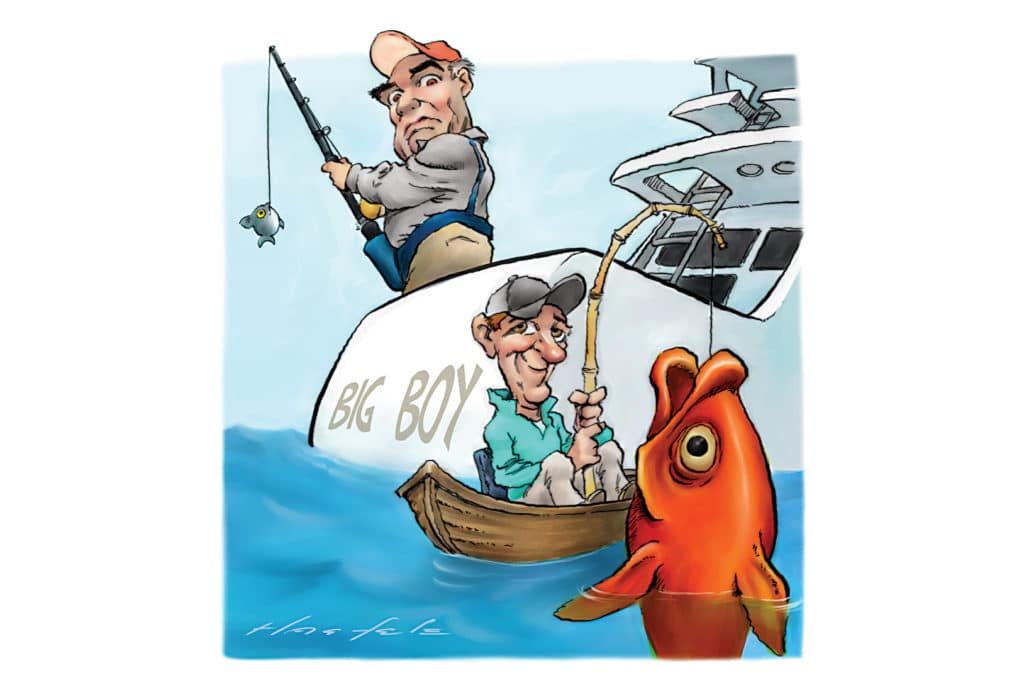
“Snapper,” a captain pal said laughingly when I asked what he’d caught on his latest bluewater fishing adventure.
He drives an old-school ride that’s small by today’s standards: just 40 feet length overall. Still, it’s the sort of fishing boat that knowledgeable anglers ogle because its design follows the postwar prescription for raising billfish and tuna. The boat and its owner have done it all, but on this trip, a few snapper would do just fine. I get it.
It’s remarkable that in today’s trend-chasing technology treadmill, the best of the breed in fishing boats still pays homage to something older than a wheel of cheddar. While fishing-boat designs have grown in length and complexity, the best still follow the tracks laid by three South Florida builders that helped invent the sport: Rybovich, Whiticar and Merritt.
Sure, innovative designers and builders have chased the new, new thing—turbine power, water-jet and surface-driven super-guzzlers, super-size transoceanic hybrids, massive multihulls with cockpits the size of basketball courts—but for the purist, such sleds are the equivalent of fly-fishing with a spinning rod. For them, a fishing boat is like a knife. It’s a tool.
Read More from Jay Coyle: Tell Tales
Years ago, I had the opportunity to learn a bit about forging a proper blade from John Rybovich, one of three brothers who virtually invented the modern fishing boat. He’d been retained as a cockpit-design consultant on a project that was, at the time, considered the new, new thing—at least by the vessel’s owner. As it turned out, the only part of the boat that had any shelf life was the cockpit. While its Star Wars styling and experimental engines are long forgotten, the dimensions and details of that cockpit are still common on sport-fishing yachts today.
When I was coming up as an angler and would-be boat designer, old-timers insisted that a single slow-turning diesel and just the right wheel—perhaps even slightly dinged—thudded and chimed like a chow bell for billfish. Even today, some believe that cold-molded wooden hulls play the right notes. As a kid, I was lucky to fish aboard a Whiticar in the charter fishing fleet. It was designed and built for its purpose—nothing fancy but just right. Merritt’s innovative designs also were inspired by practical fishing experience.
Curt Whiticar once told me about fishing with kites and simple bamboo outriggers in the 1930s. “It wasn’t so complicated,” he said. “The fish were everywhere.”
A few years back, Roy Merritt recalled an old captain telling him that if a certain-length boat seemed perfect, add 10 percent, and it would be a whole lot better. “I think he was right,” Roy said.
Fishing boats have grown in scale, but you don’t need a big boat to catch big fish—you need the right boat. For some, it’s about size, whether it’s the boat or the fish.
For real fishermen like my pal’s boss, the reward is simple. It’s called fishing.

